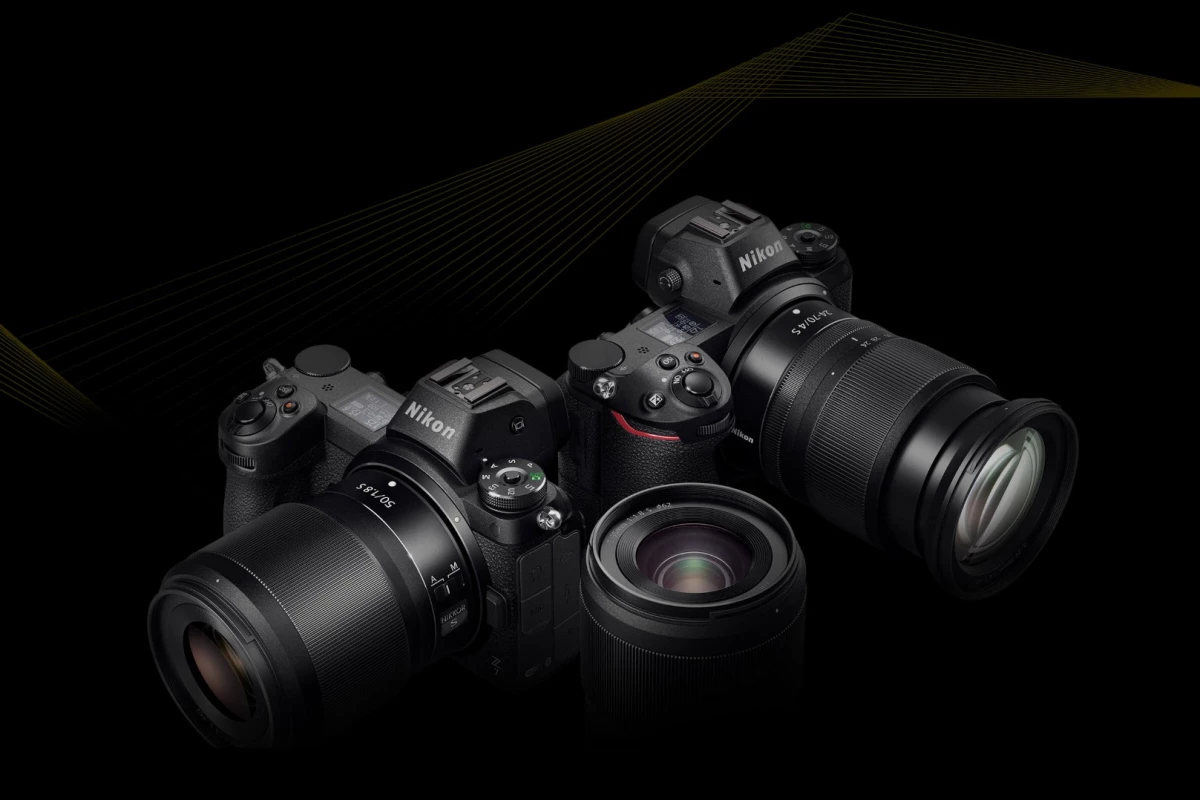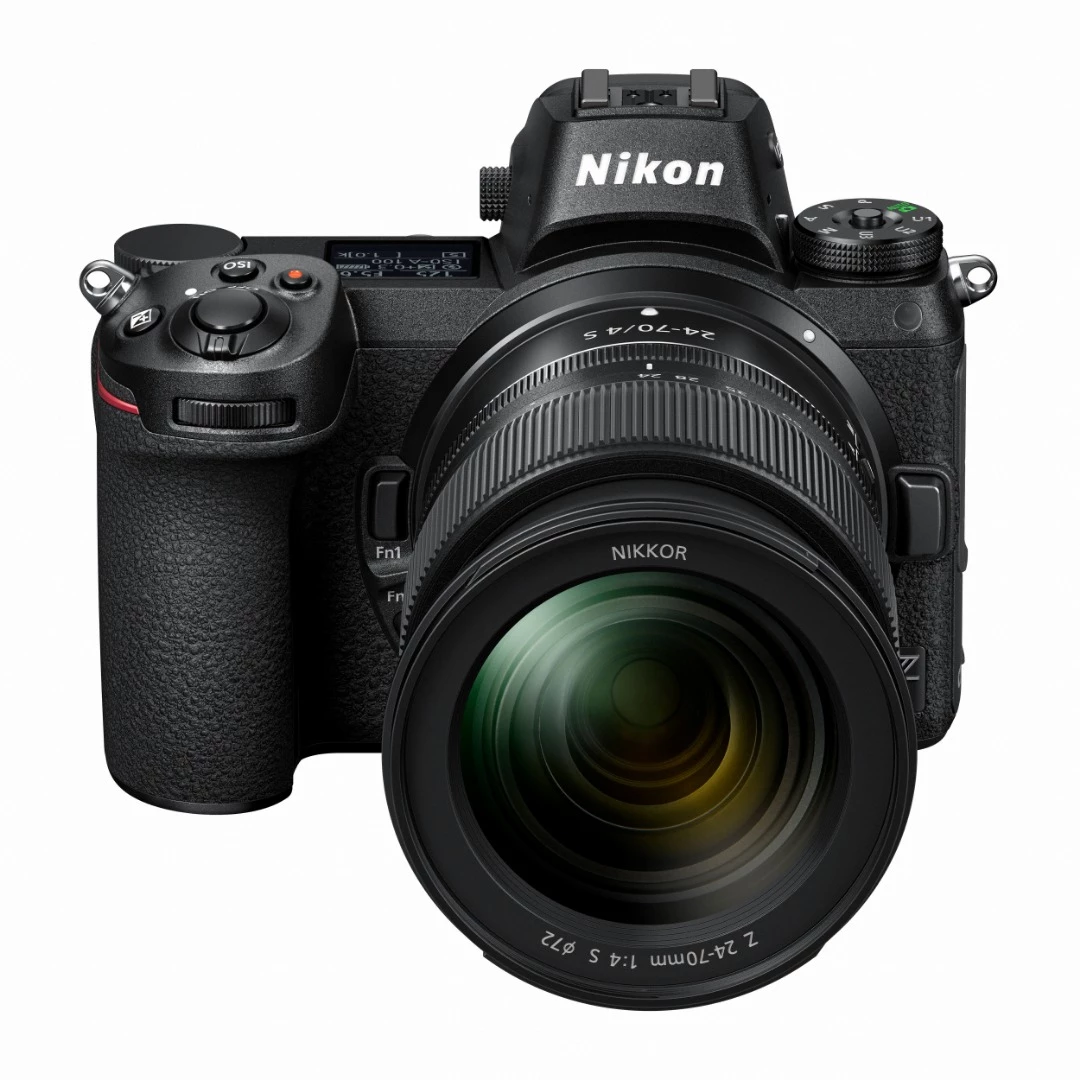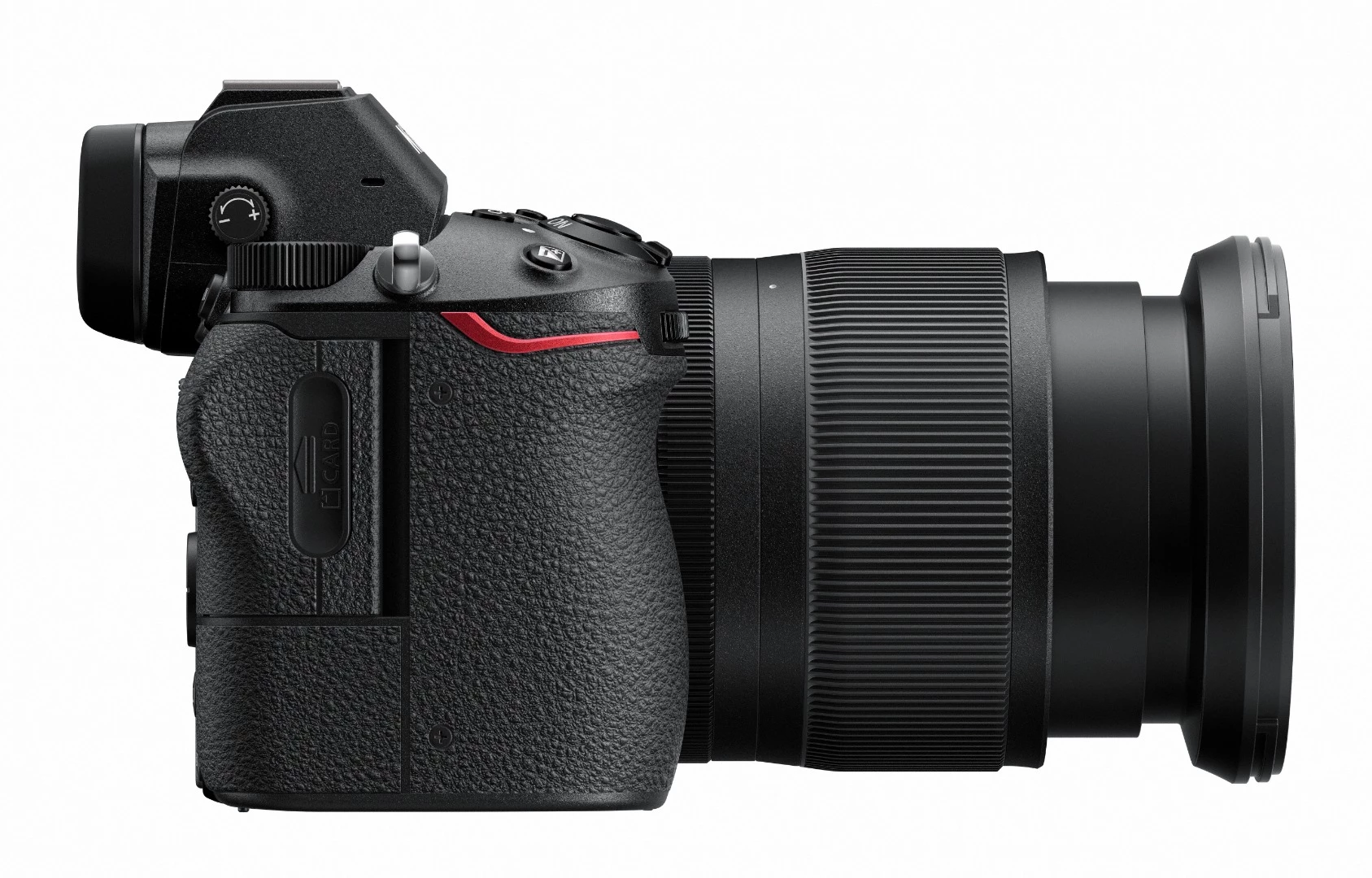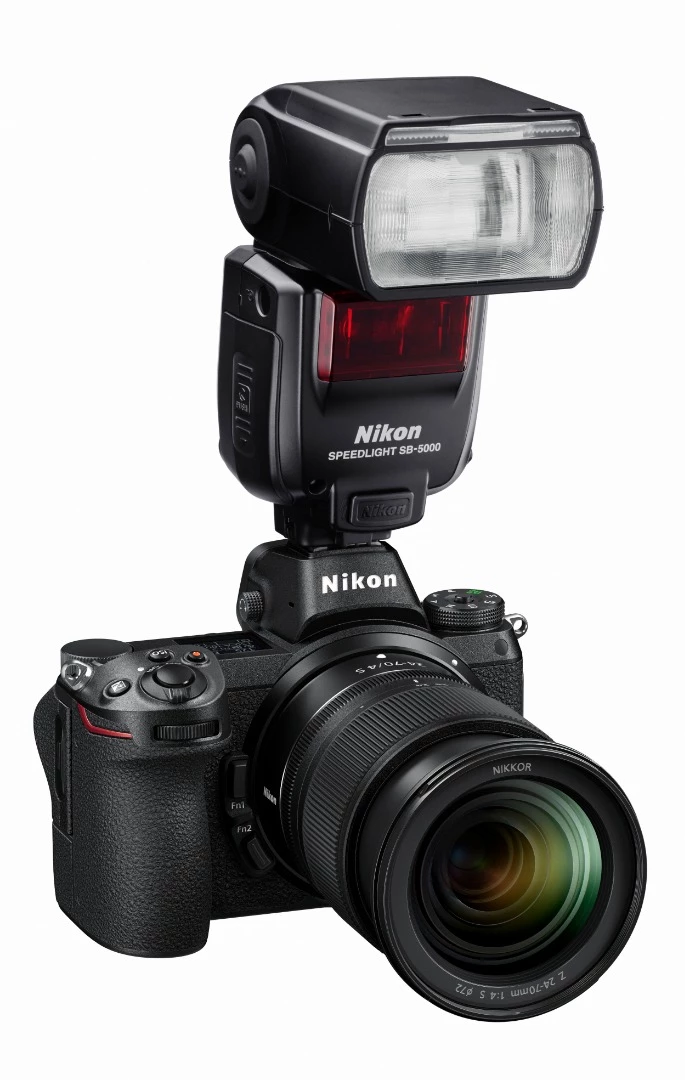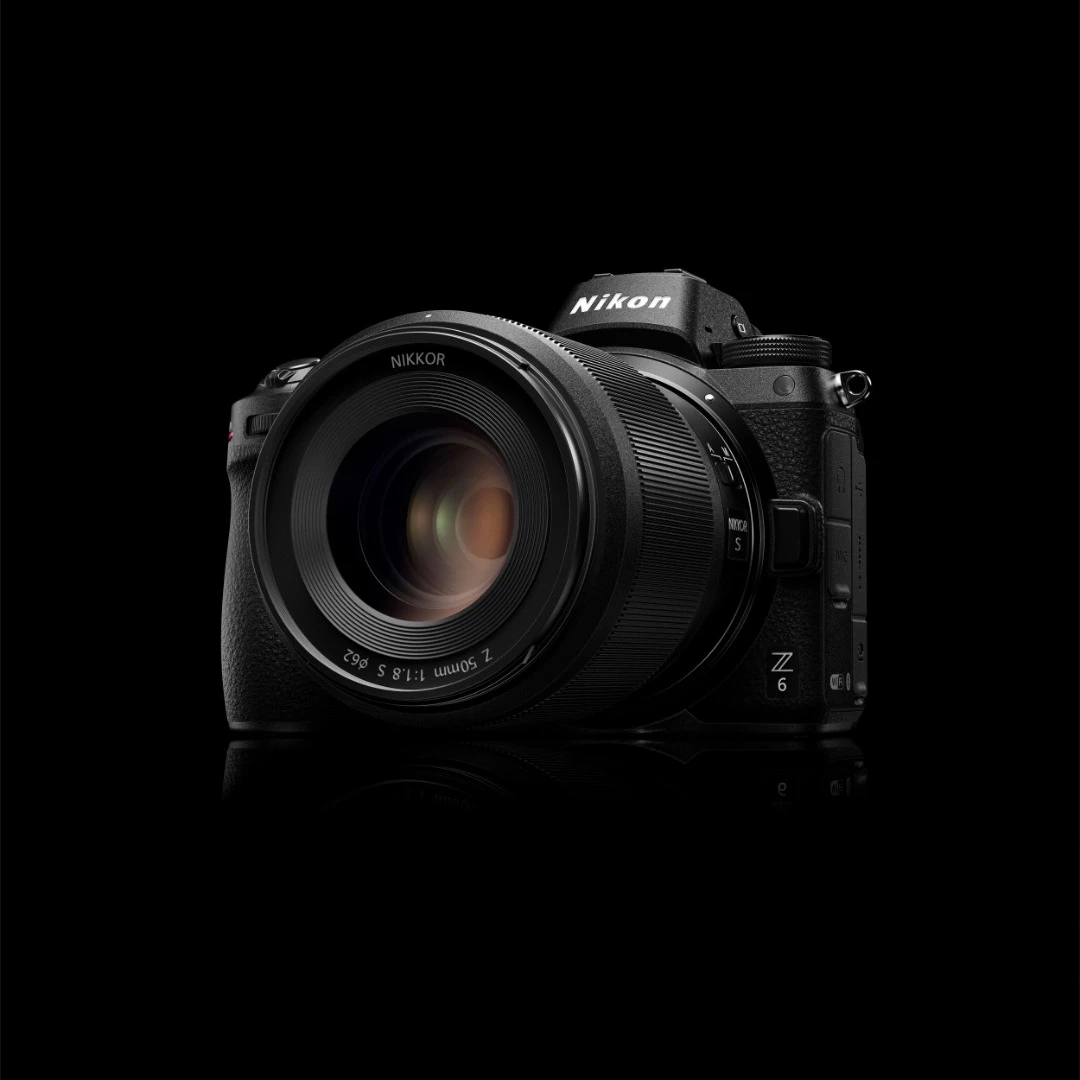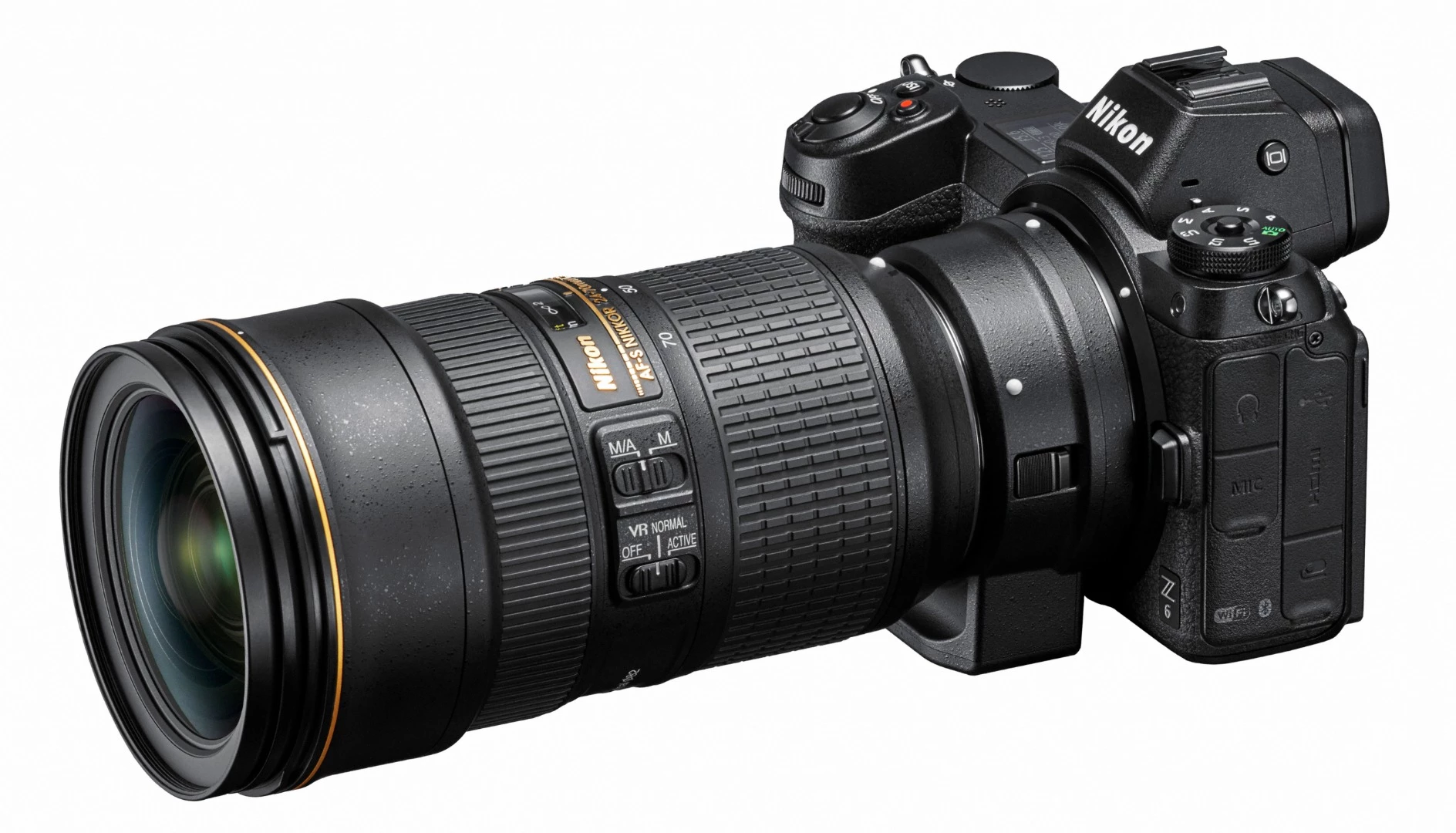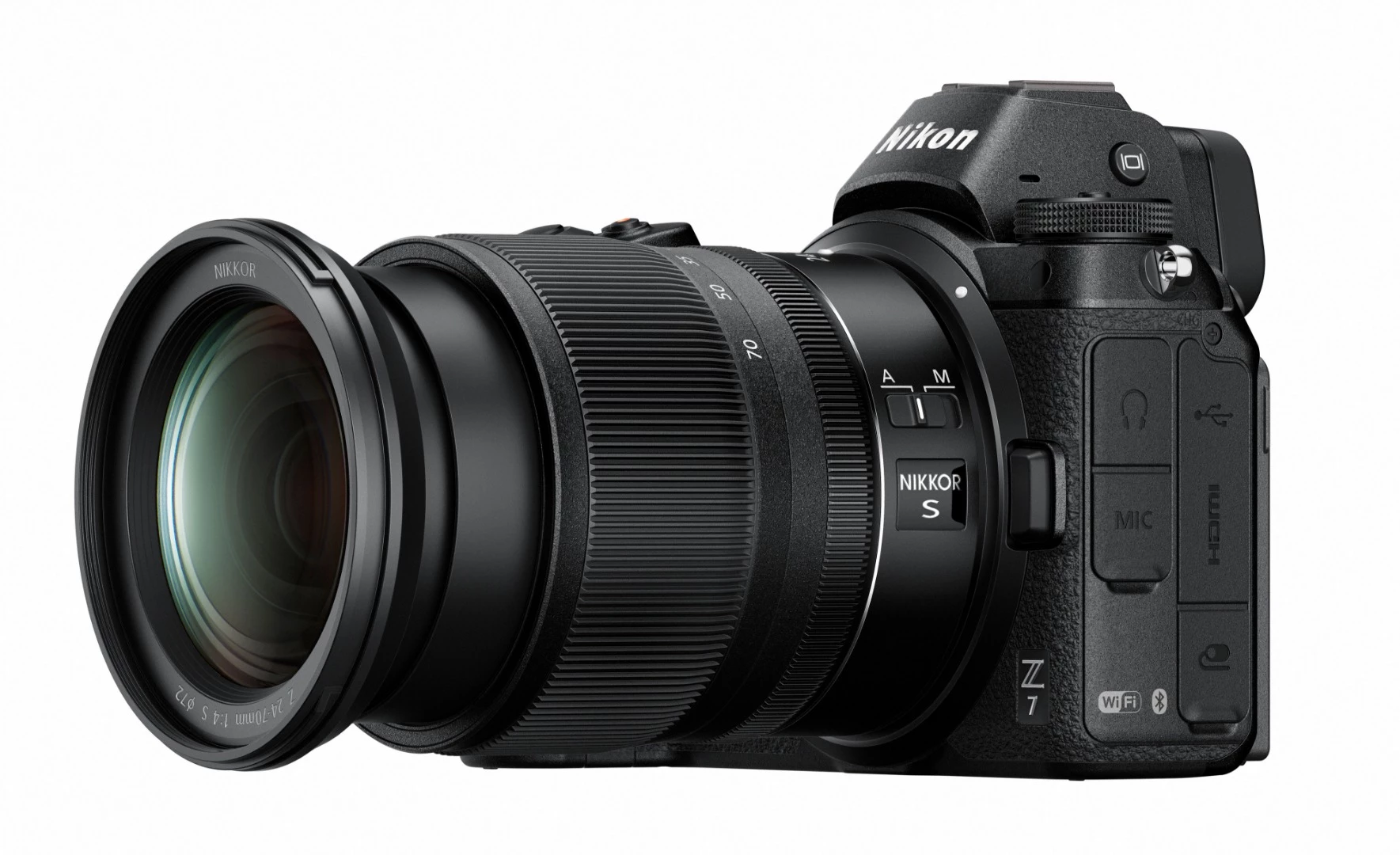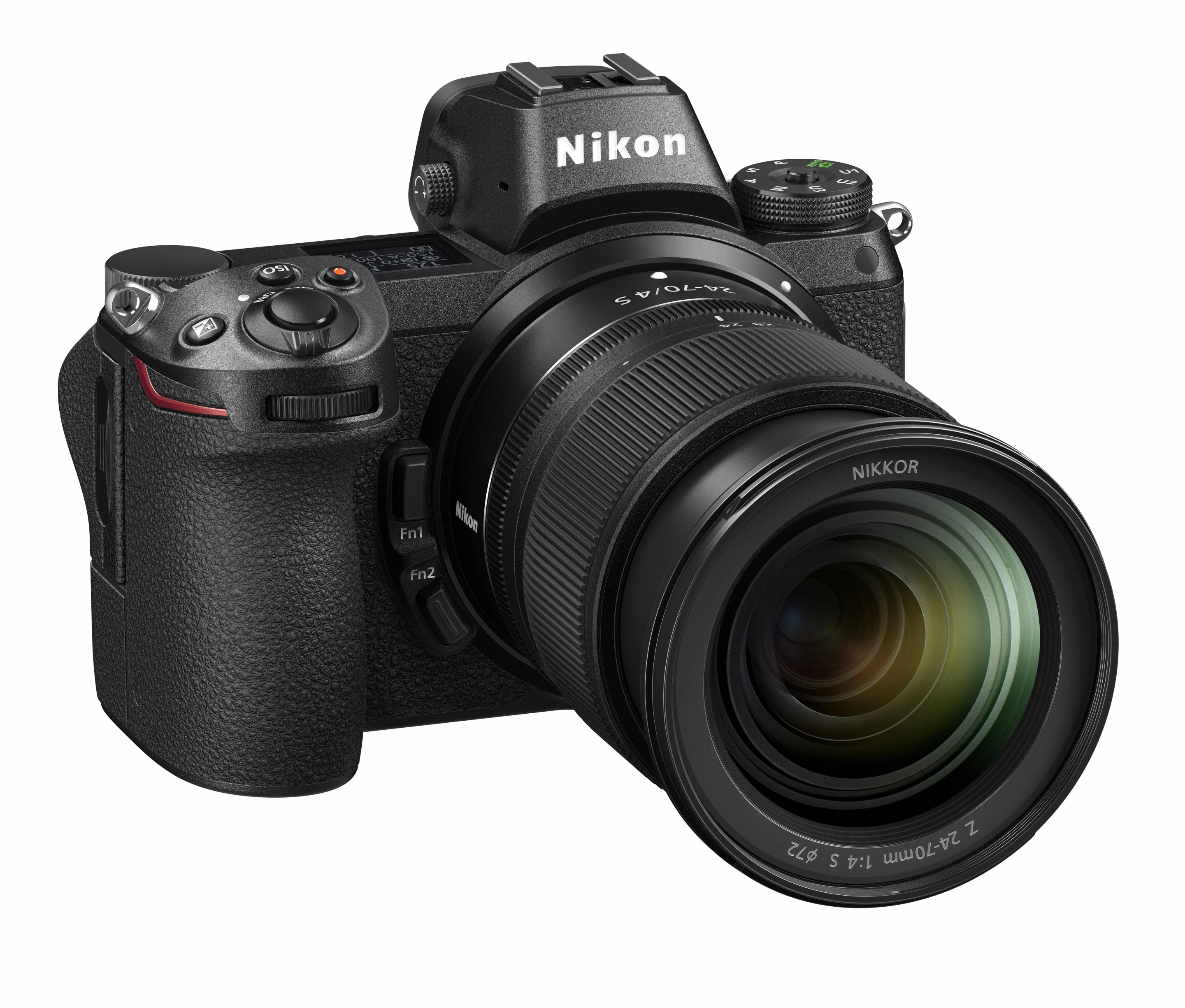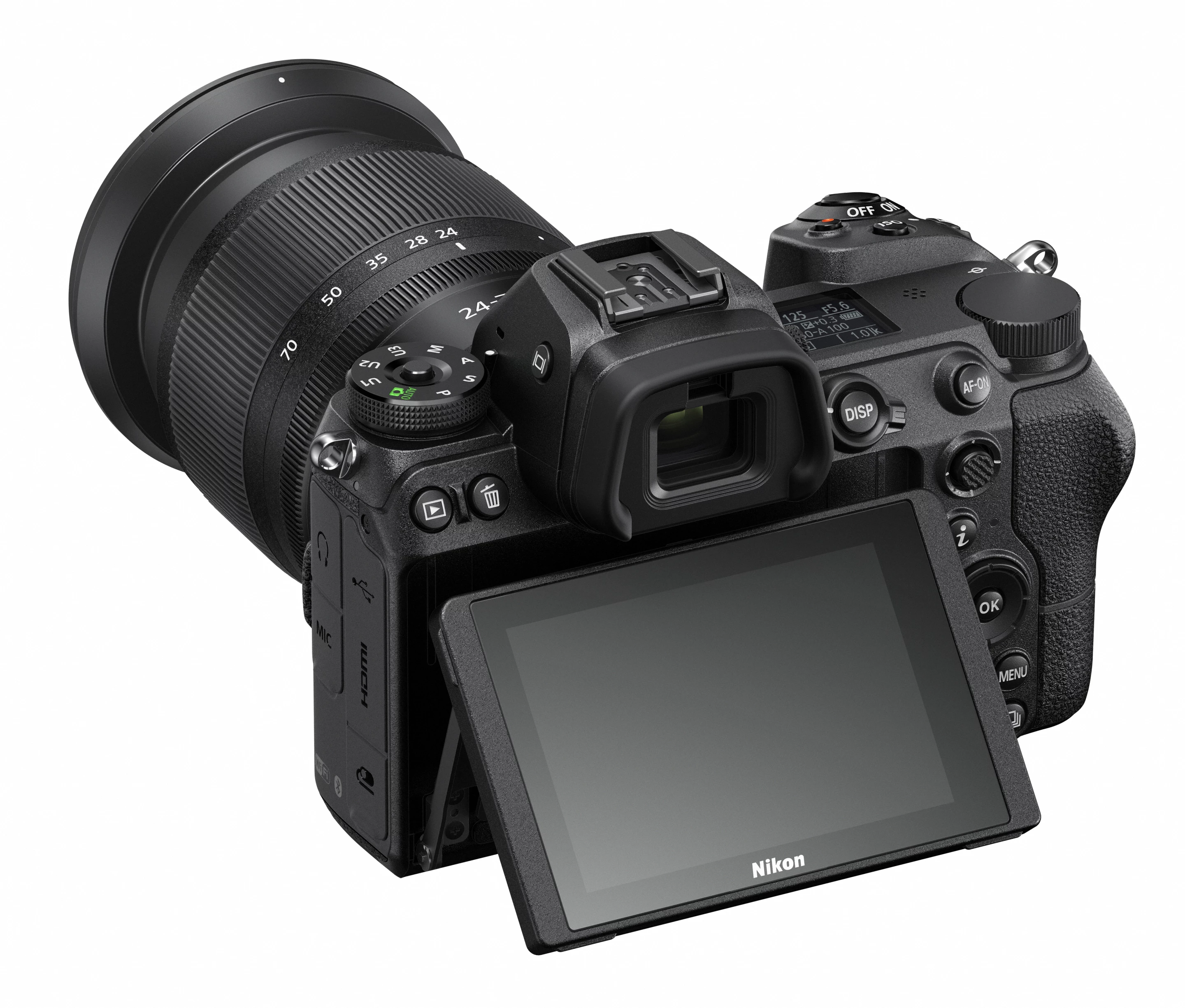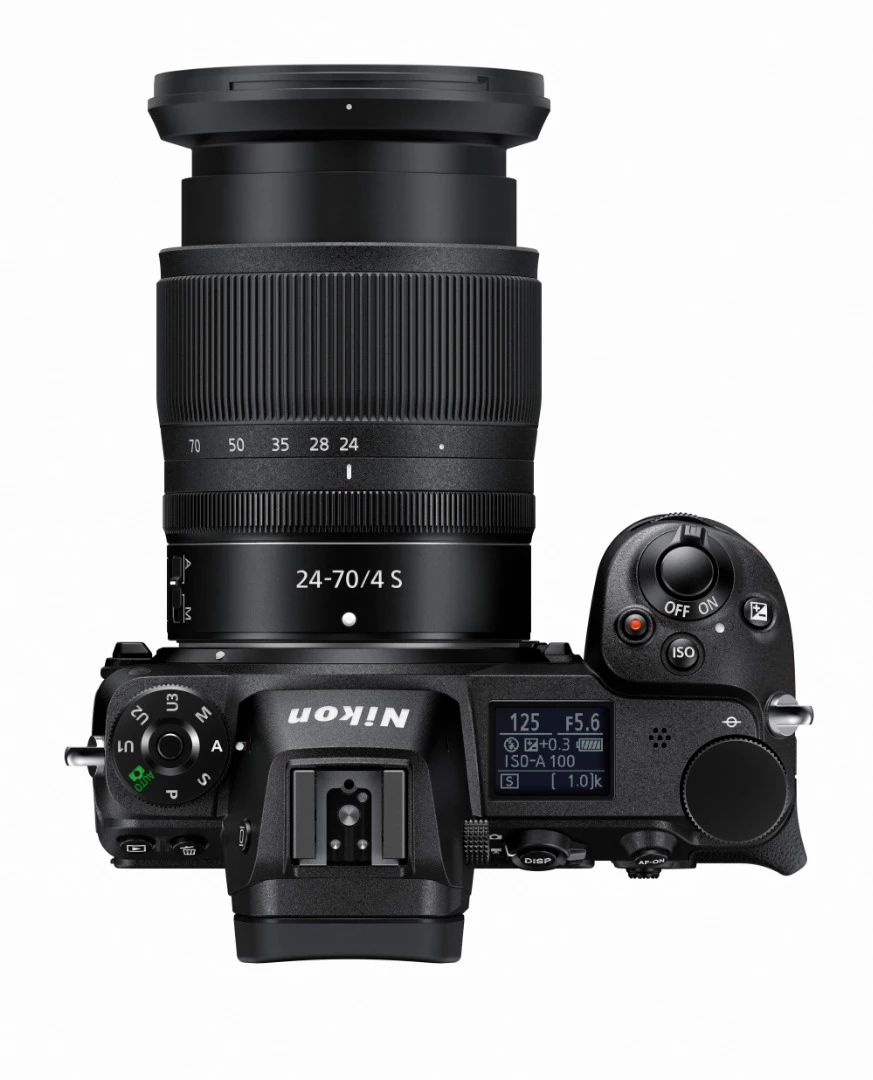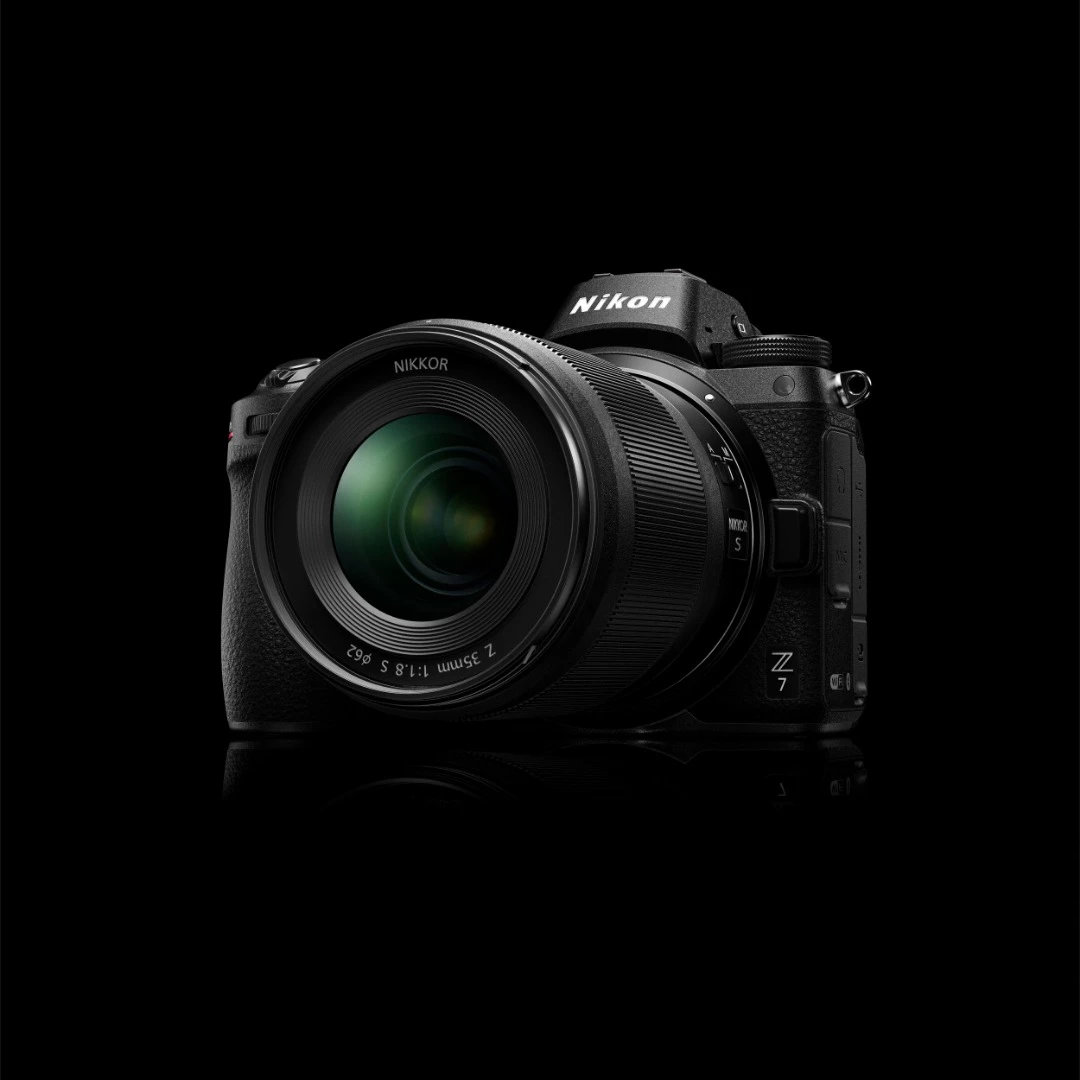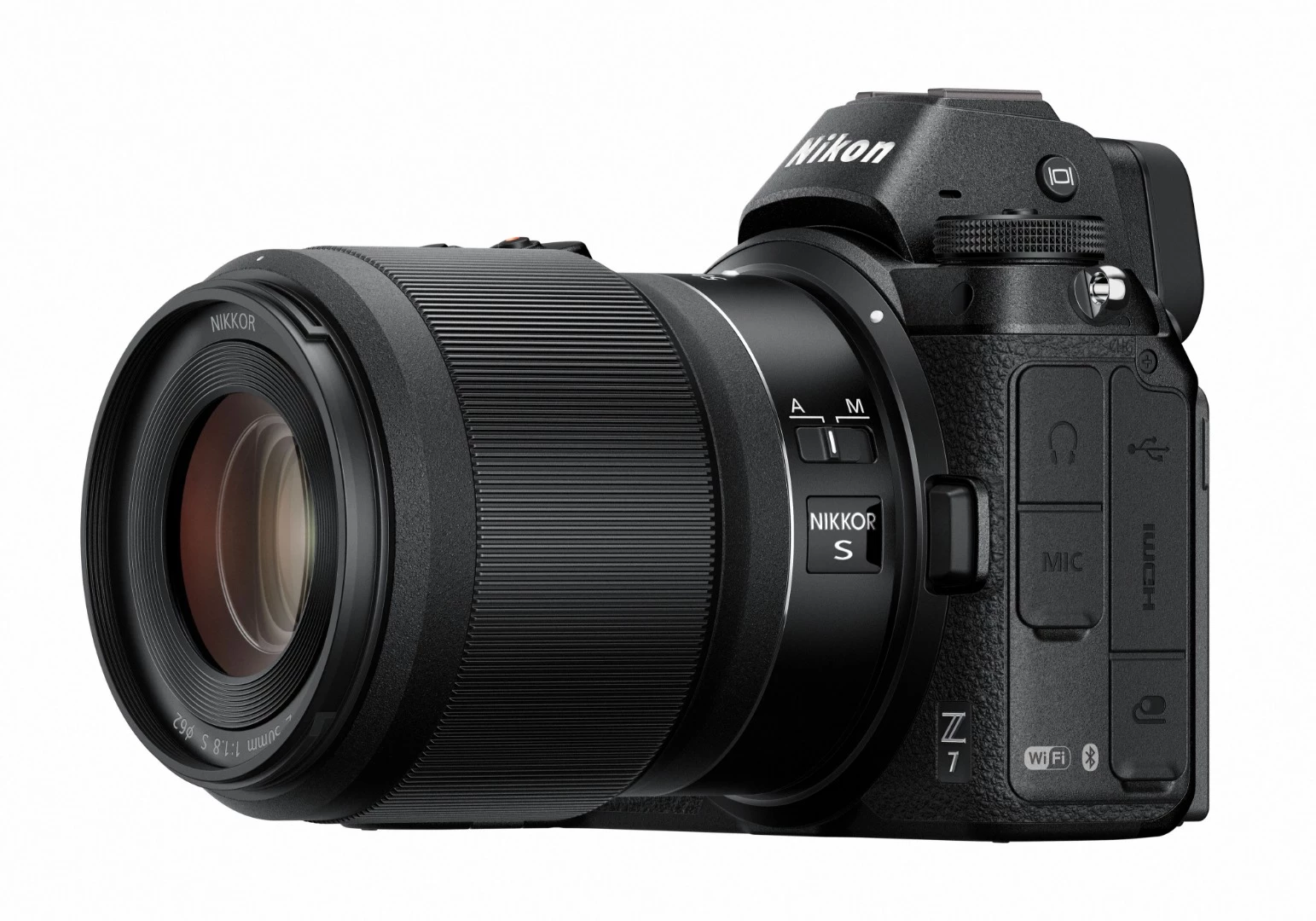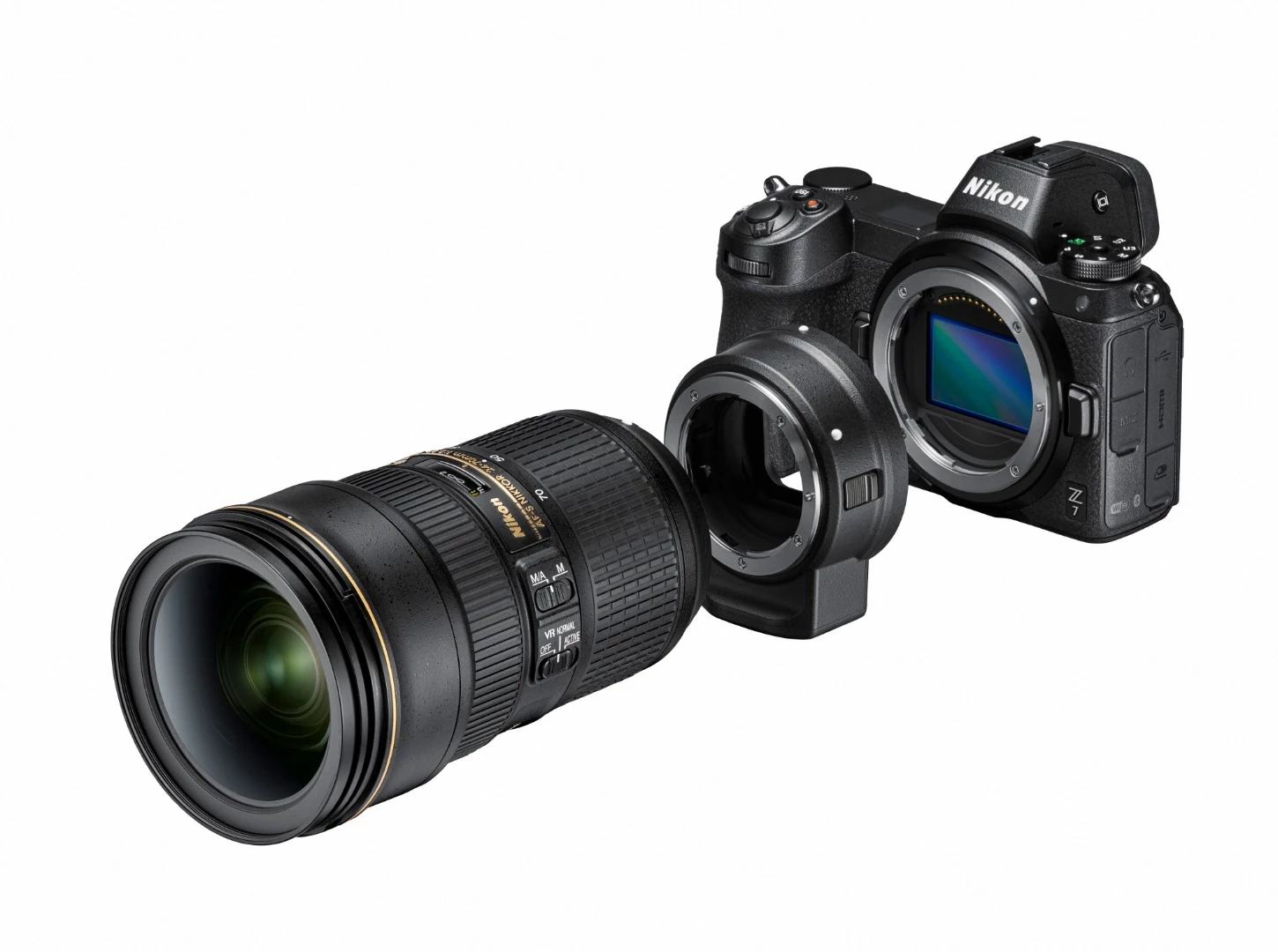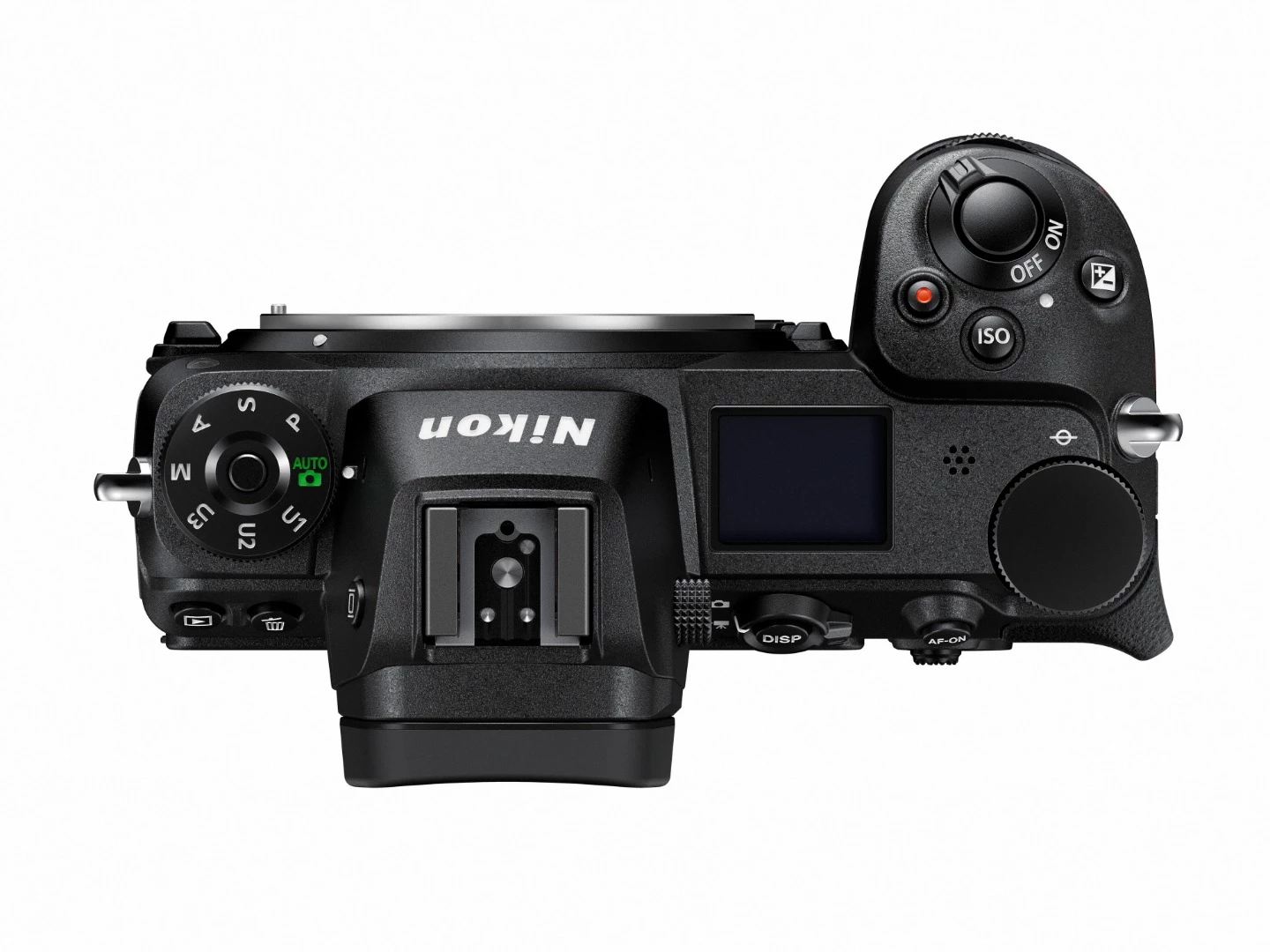It began with some chatter about a new full-frame mirrorless camera from Nikon, followed by a few shadowy glimpses and then confirmation that the company intended to release not one, but two models. Now Nikon has confirmed a September release for the Z 7, followed by the Z 6 in November.
The Nikon Z 6 and Z 7 full-frame mirrorless cameras are built around a brand new BSI FX format CMOS sensor, with integrated focal-plane phase-detection AF pixels, and Nikon's Expeed 6 image processor.
This translates to 45.7 effective megapixels for the Z 7, a standard ISO64 - 25,600 range that can be expanded down to ISO34 and up to ISO102,400, and 9 frames per second (fps) continuous shooting. The cheaper Z 6 manages 24.5 effective megapixels but has been treated to improved low light performance with an ISO range from 100 to 51,200, which can go down to ISO50 and up to ISP204,800, and 12 fps continuous shooting.
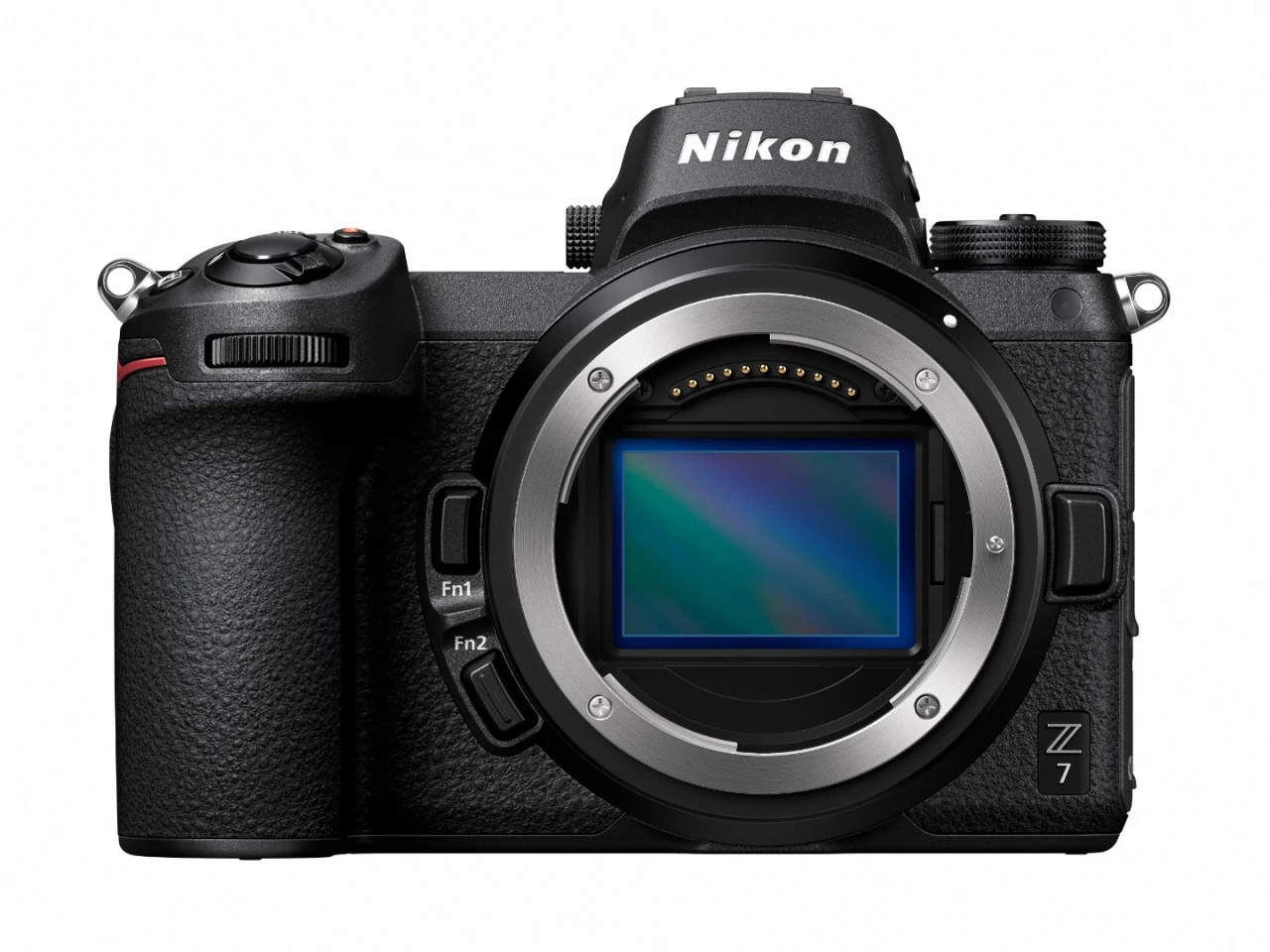
Both cameras also sport a new FX format large diameter lens mount, which means a bunch of new Z mount lenses to buy into, including what's said to be the fastest lens in Nikon's history at F0.951. F mount owners will be able to use existing glass though, courtesy of an adapter.
Nikon has given the Z 7 493 focus points to play with, while the Z 6 gets 273. The hybrid AF system makes use of an algorithm specifically developed for the new FX sensor, auto switching between phase-detection AF and contrast-detect AF for the promise of fast, quiet and accurate autofocus when combined with the new Nikkor Z lenses. In-camera vibration reduction technology is present for five stop shake reduction along five axes.
Both the Z 6 and Z 7 can record full-frame 4K (3,840 x 2,160) video at 30 fps with full pixel readout, or 120 fps in Full HD mode, and can output 10-bit N-Log video over HDMI for "extensive color depth and twelve-stop, 1,300 percent dynamic range to record a wealth of tone information from highlights and shadows for more effective color grading." The Z 7 is also reported capable of capturing 8K time-lapse movies.
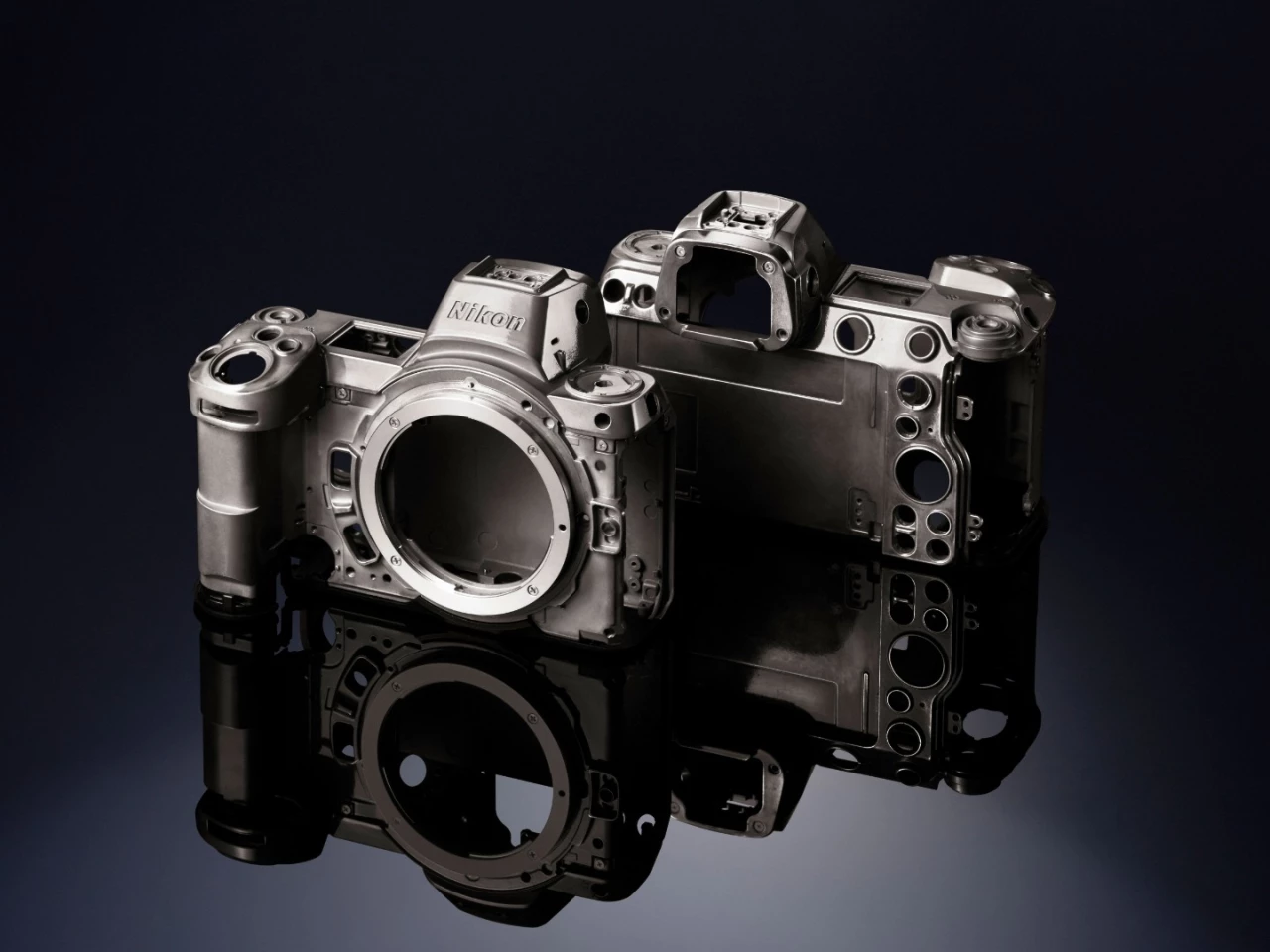
One of the advantages of mirrorless cameras over their DSLR siblings is a relatively compact body, and the new Z cameras are no exception. The magnesium alloy body measures 5.3 x 4 x 2.7 in (134 x 100.5 x 67.5 mm) and offers the same level of splash- and dust-resistance as the mighty D850 DSLR.
Autofocus, exposure compensation and ISO controls are situated within easy reach of the grip, and there's a display panel to the top for quickly reviewing camera settings. The cameras have a 3.69 million dot OLED viewfinder around back, with full frame coverage and 0.8x magnification, and a 3.2-inch, 2.1 million dot tilting touchscreen panel.
Silent shooting nixes shake and noise caused by the shutter release, useful for those times when the photographer should neither be seen or heard (such as weddings and interviews), and there's Bluetooth 4.2 and 802.11ac Wi-Fi cooked in for wireless content sharing and remote operation.

The Nikon Z 7 is due for release on September 27 for a suggested body only price of US$3,399.85, or $3,999.95 with a Nikkor Z 24-70 F4 S lens in the box too. The Z 6 will follow in late November and will cost $1,995.95 for the body only or $2,599.95 with the same kit lens as the Z 7.
The new Z cameras certainly look pretty darn good on paper, and are sure to occupy commanding positions in the mirrorless market upon release. But the rumor mill is already suggesting that Canon will soon be outing a full-frame mirrorless camera of its own, which should make things very interesting indeed.
